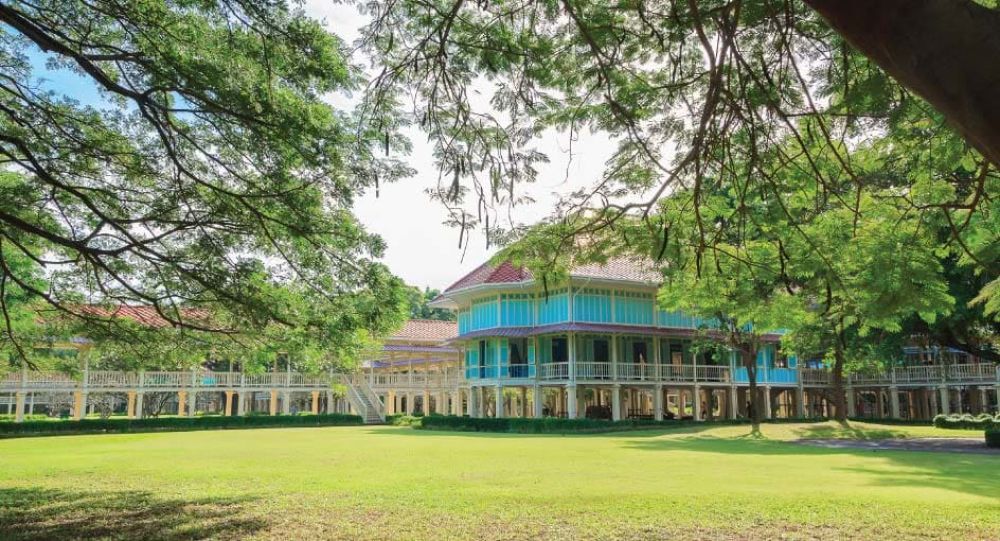

The Maruekhathaiyawan Palace, also known as the Palace of Love and Hope, is a royal summer residence located in Cha-Am, built under the reign of King Vajiravudh (Rama VI) in 1923. This architectural marvel was designed by an Italian architect named Ercole Manfredi and boasts a striking blend of Thai and European design influences. Constructed from teak wood and painted in an elegant combination of white and blue, the palace stands out with its unique raised-floor, open-air design, allowing for natural ventilation and a comfortable retreat from the tropical heat.
Positioned beside a serene stretch of beach along the Gulf of Thailand, the Maruekhathaiyawan Palace was conceived as a place of relaxation and recuperation for the King and his royal consorts. Unfortunately, King Vajiravudh passed away just a few years after its completion, but the palace remains an important testament to the King's vision and his contributions to Thai culture and architectural heritage.
Tourism in Hua Hin, including visits to the Maruekhathaiyawan Palace, began to flourish when the Thai royal family started to frequent the area, making it a popular retreat for Bangkok’s high society. The nearby Hua Hin Railway Station, a historical landmark in its own right, facilitated access to the district. As the destination became more accessible, international tourists followed, drawn by its relaxed atmosphere, beautiful beaches, and cultural gems like the Maruekhathaiyawan Palace.
In recent years, the Tourism Authority of Thailand (TAT) has worked to promote the palace and the surrounding Hua Hin area as a must-visit destination for those interested in Thai history and architecture. The palace has been painstakingly restored and is now open to the public, offering guided tours that highlight its historical significance and architectural beauty.
There has been a growing trend towards cultural and heritage tourism in Thailand, with many international visitors seeking out historical sites, such as the Maruekhathaiyawan Palace. Tourists are not only looking for beach vacations but also experiences that allow them to learn about the local culture and history. Interest in sustainable travel has also influenced tourism in Hua Hin. Visitors often look for activities that have minimal environmental impact, which complements the airy and nature-integrated design of the palace.
Today, visitors to the Maruekhathaiyawan Palace can enjoy its tranquil ambiance and learn about early 20th-century Thai royal life. Photography exhibits, period furniture, and informative displays give a glimpse into the past, while the manicured gardens and sea views provide a peaceful setting for a leisurely stroll. The palace serves as a prime example of conservation and historical reverence in the face of modern tourism pressures.
Maruekhathaiyawan Palace remains not just a historical location but an embodiment of cultural fusion, royal legacy, and architectural innovation. It continues to attract visitors, serving as both a testament to the past and a beacon for responsible and culturally insightful tourism in Thailand.